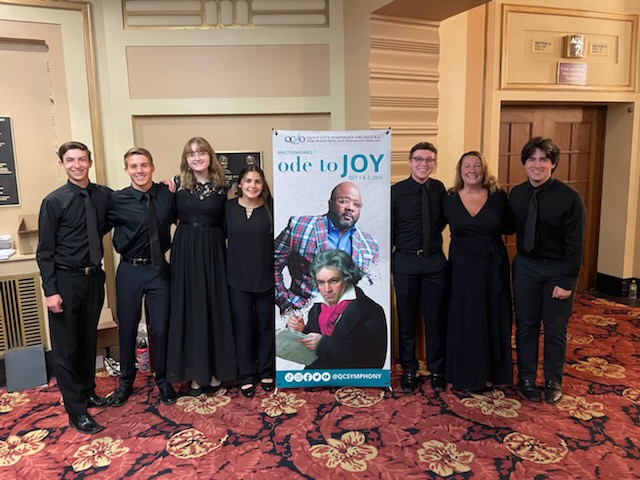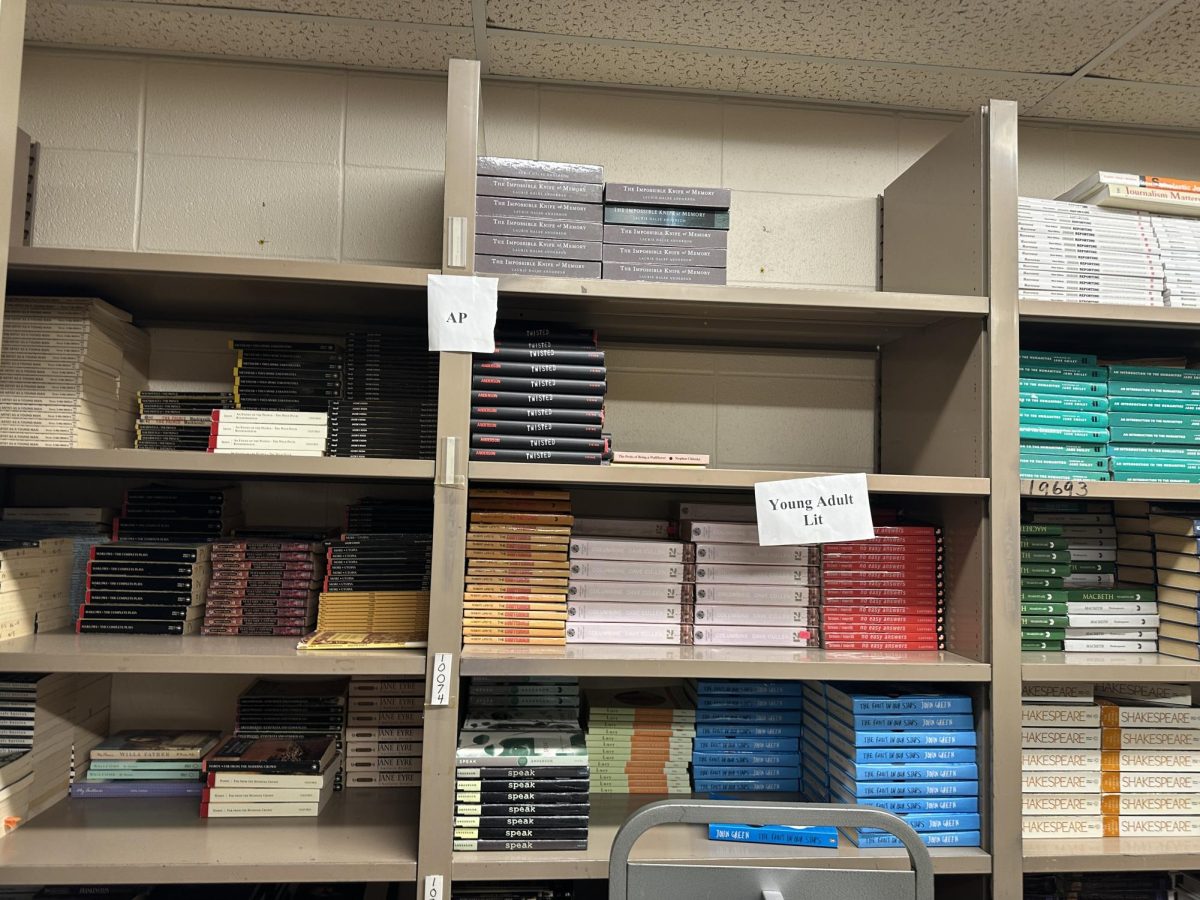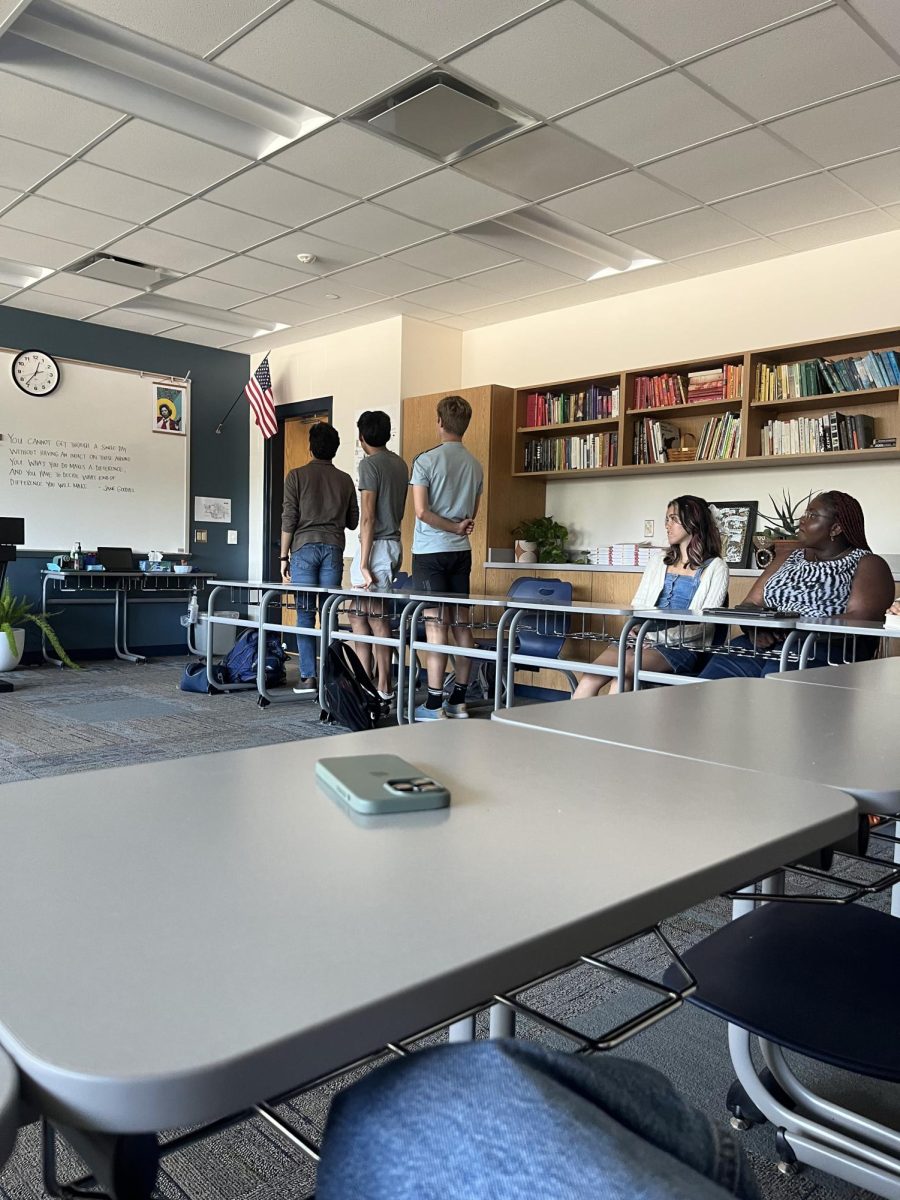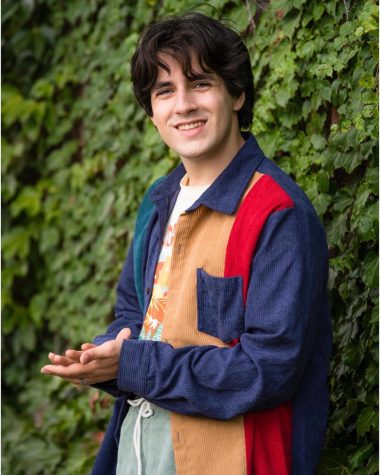The Quad Cities is no stranger to music.
Recently, a number of music students were able to experience the opening performance for the Quad City Symphony Orchestra’s 107th season, featuring the Augustana Choir, Oratorio Society and even some of PV’s own singers and staff, including Chamber Choir director Meg Byrne. Students in the audience were treated to a night of varying emotions, prominently featuring Beethoven’s 9th Symphony, better known as “Ode to Joy.”
However, preceding such a monumental piece was a short companion piece by Johnathan Holland, director of music at Carnegie-Mellon University, titled “Ode.” The composition followed a structure similar to that of Beethoven’s 9th, but adapted many parts to a modern context, like using a hip-hop march in place of Beethoven’s Turkish march. Singers in the choir were humming rich chords while the orchestra played fragments of the symphony it was based on. It was, by all accounts, a contemporary take on a musical paragon.
Audience member and junior Bella Hernandez was joined by many others who felt like this piece was a highlight of the night. “It was really cool to see how someone can take a really old and one of the most famous pieces in the world, and create something different out of it. Cody [Connors] and I talked about it after and we loved how it moved through the movements in a continuous piece and the choral part allowed for an amazing deeper feeling to the music!” she said.
However, critics of this contemporary style label it “harsh” and “violent.” Tonality (the quality of music that addresses pitch relationships) is left by the wayside in favor of imagery and artistic direction. Still, Byrne argues for contemporary music’s place in the world. “[Ode] is reactionary, as opposed to representative. It takes such a legendary piece and applies a modern context to it. It’s a humble piece that reframes Beethoven’s 9th,” Byrne said.
When discussing contemporary music, it’s virtually impossible to omit perhaps the most controversial piece of classical contemporary music: John Cage’s infamous 1945 composition, “4’33.” As the title suggests, the piece is four minutes and 33 seconds long, but for that duration, no instruments are played, no vocals are sung and no audible noise is made by the performers. The piece is four minutes and 33 seconds of silence.
Immediate audience reactions were, understandably, critical. Cage exemplified his disregard for Western music tradition, which at the time had seldom been challenged. However, in time, many appreciated the piece for its artistic meaning, framing each stray noise made during its performance as integral to the piece. “You’ve got something that’s just happening, and it’s being framed as art. It calls into question why we feel music needs inherent meaning at all,” Byrne commented.
The success of pieces like “Ode” and “4’33” is not a death sentence to traditional music. There will always be a place for tonal compositions, and Holland and Cage never aimed to replace them. These contemporary pieces are carving out a niche in music for intense artistic expression, and despite their critics, they show that all music has a place in the world.















